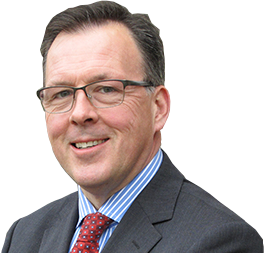

Andrew Palmer, Group Editor
Classical Music: Bruckner Ninth Symphony
Dem Lieben Gott (To the Dear Lord)
(fourth movement revised by Dr. John A. Phillips)
Hallé Conductor: Kahchun Wong
First commercial recording of the fourth movement
rec. live & in rehearsal, 26 October 2024, The Bridgewater Hall, Manchester, UK
Hallé CDHLD7566
More info here

Begun in 1887 and left incomplete at Bruckner's death in 1896, the symphony has traditionally been presented as a three-movement work culminating in the transcendent Adagio. Yet, as Phillips persuasively argues in his illuminating liner notes, Bruckner considered the symphony's conclusion vital— even specifying that his choral Te Deum should serve as the finale if he couldn't complete the instrumental version he had envisioned.
The fruits of nearly forty years of scholarship—begun in 1983 by Nicola Samale, John Phillips, Benjamin-Gunnar Cohrs, and Giuseppe Mazzuca—are gloriously realised in this first commercial recording of the latest revision of the finale. Far from being an academic exercise, this completion reveals the symphony's true architectural splendour.
From the opening notes, this recording seizes one's attention. Singaporean conductor Kahchun Wong creates a splendid and glorious soundscape, with the warmth of the French horns' opening gesture leading to a wonderful Brucknerian orchestral tutti that is both controlled and perfectly balanced. Throughout the first movement, the brass sound magnificent, and the woodwind contributions are consistently delightful. The climactic crescendos are superbly executed under Wong's masterful baton.
The string section excels in executing the Scherzo, showcasing impressive pizzicato passages that accentuate the palpable underlying tension. Wong captures the movement's demonic intensity without sacrificing clarity of texture.
In the celebrated Adagio, Wong finds a heavenly romanticism and expressivity. The different sections of the orchestra blend beautifully, with the Wagner tubas adding remarkable depth to the drama. The orchestra handles the climactic dissonances with searing intensity, creating one of the most compelling accounts of this movement on record.
The reconstructed finale proves a revelation. Powerful and masterful, it honours Bruckner's dedication of the symphony "To the Dear Lord" by incorporating the ancient hymn "Christ is Risen," a great favourite of the composer. As Phillips notes, this passage returns us to the tragic and ominous key of D minor before, suddenly, in one of Bruckner's greatest passages, the chorale returns triumphantly in D major, united with the Te Deum or "faith" motive. The movement culminates in a rousing and energetic denouement which the audience clearly appreciated, judging by the enthusiastic applause captured on this live recording.
This recording offers a persuasive case for experiencing the Ninth as Bruckner truly intended — not as an unfinished fragment but as a complete four-movement symphony of overwhelming emotional and spiritual power. Even the most sceptical Bruckner devotees should give this magnificent achievement a fair hearing.